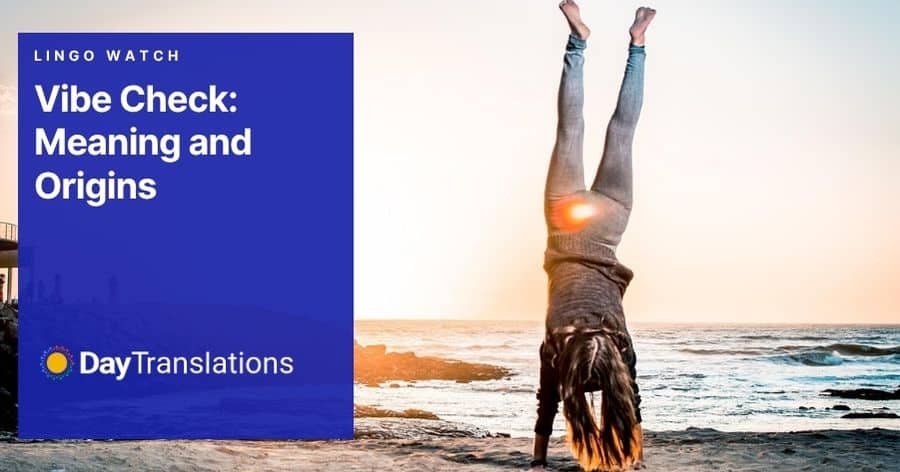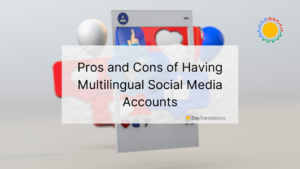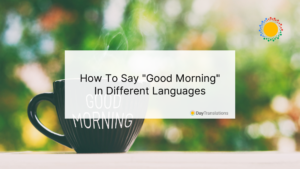Unless you’ve been living under a rock, you must’ve heard the song “Good Vibrations” by the Beach Boys. Released in October 1966, it redefined the word vibration. Ever since this surf rock song became a global hit, people have been using terms like good or bad vibrations and vibe check to describe certain moods. What started as a pop culture linguistic trend has become a social media phenomenon. Let’s now answer a simple question: what’s a vibe check, and dissect the vibe check meaning in more detail; you’ll learn some extra fun facts from its etymology, as well.
What Does Vibe Check Mean?
A vibe check is a way of checking how someone makes you feel or how they are feeling at a certain moment. The vibe check definition doesn’t only refer to people, but it can be used to describe different places or situations. For instance, a vibe in this sense can also refer to an ambiance at a certain place, or depict an idea or a particular condition. What’s more, the term vibe is also used to describe how someone has dressed, often in the phrase a whole vibe.
If we want to say that a person is nice, we can say they have some good vibes. On the other hand, someone who makes us feel bad typically sends or has bad vibes.
Vibe Check in Popular Culture
While not all slang words have been coined within popular culture, many colloquial expressions have become well-known thanks to movies, songs, and TV. This has become even more obvious with the unparalleled popularity of social media. For instance, the slang term no cap was primarily associated with the African American slang of the mid-20th century. However, hip hop artists have popularized this term in the last decade.
As for the vibe check, the aforementioned Beach Boys started the entire story. Only a few years later, George Harrison of The Beatles told John Lennon that Yoko Ono was giving off bad vibes. In 1993, Quincy Jones – one of the most influential music producers of the 20th century – started Vibe magazine. The song named “Vibes and Stuff” was released by the band A Tribe Called Quest in 1991, which was a hip hoppers’ contribution to the popularity of the term vibe.
How and When to Use Vibe Check?
For in-person interactions, use vibe check to express your intention or desire to make everyone feel good.
For instance, if someone has gathered their friends, they can ask something like: “Vibe check – does everyone like those canopies?”
What lies underneath the term vibe check is someone’s internal motive to make people around them feel satisfied with the situation or environment that person has created. The synonymous phrase would be “All good?”.
On Instagram, TikTok, and other social networks, vibe check, as well as good vibes, bad vibes, or vibe in any other format, can be used to react to any short, reel, or simple post: “That image from the beach is sending us some good vibes.”
On the other hand, someone who keeps posting impolite comments or negative news is sending bad vibes out to the ether. They will most probably get similarly negative reactions, where there will be no need for a vibe check – everything will be self-explanatory.
Vibe Check in a New Context
Vibe isn’t only restricted to a momentary feeling or impression. It has even become part of the world of brand marketing. Some companies, like Canva, already have vibe directors and entire departments in charge of building the right vibe – a certain long-term feel that they want to emit towards their users. So, what was spawned on a hot Californian afternoon for a light surf rock song has now become part of corporate culture. If your head of vibe does a good job, your clients will feel good about using your products. In other words, if a business gives its customers excitations, they will pick up good vibrations.
There’s still no vibe school, so you can’t really learn from the books how to ensure good vibes. What we can all do is spot and memorize the moments that build positive vibes. It will help us stay positive at work, at home, and on social media. And then we can all just keep sending out some good vibes.











Sorry, the comment form is closed at this time.